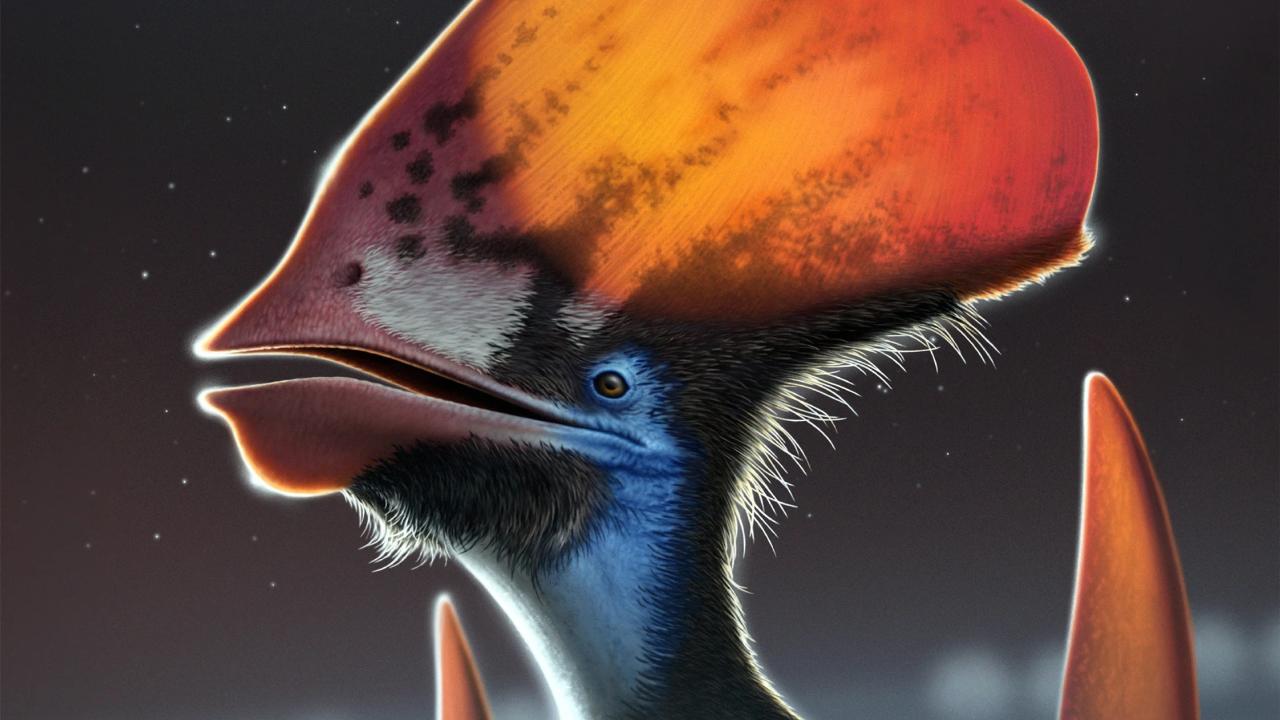
Evolutionary biologist Liliana D’Alba wants to understand why animals are so colorful. She works at Naturalis, but is also appointed as a professor at Ghent University.
Changingcolors?
In case you've never heard of Anna's hummingbird, right now would be an excellent time to learn about it. In this video you can see a male specimen moving its head.
Color withoutpigments
The bird changes color. Or, rather, it doesn’t. The bird stays the same, but it looks different. Its feathers contain very tiny structures that scatter light in a different way, depending on the angle. There are no pink pigments in the feathers of Anna’s Hummingbird.
That is good news for natural history collections, where birds and butterflies that use these nanostructures stay colorful forever, whereas pigments fade over time. It is also good news for paleontologists. Last year, Naturalis researcher Liliana D’Alba helped show that pterosaurs - prehistoric flying reptiles - had colorful feathers over a hundred million years ago (link to Nature). Feathers and their colors were important long before there were birds!
‘I want to understand why animals are so colorful,’ D’Alba says. ‘Both in the evolutionary and in the physical or chemical sense. In my research, biology and the physics of light come together.’ Recently, she was appointed professor at Ghent University.
Pterosaurfeathers
Understanding the light-scattering nanostructures is important for understanding how animals live or used to live. ‘Finding them in pterosaur feathers doesn’t just tell you about their looks, but also their behavior. They could see colors, and react to the information they got from them, and were probably active during the day’, Liliana D'Alba illustrates.
This image of Tupandactylus imperator was made by paleoartist Bob Nicholls.

Applications:so much more to learn
‘But there are also some very clear applications. The nanostructures have many purposes, and displaying color is just one of them. Imagine a dress behaving like a penguin feather or a hummingbird, for instance. Other structures change color if they get wet, or if the temperature changes, and could be used for sensors. There are entire families of these structures, and there is so much more to learn.’
With the professorship of Liliana D’Alba, Naturalis now has a total of fourteen professors among its research staff. Six of them are women.
More information
- Liliana D'Alba's personal profile page
- Her website
- Her page at Ghent University